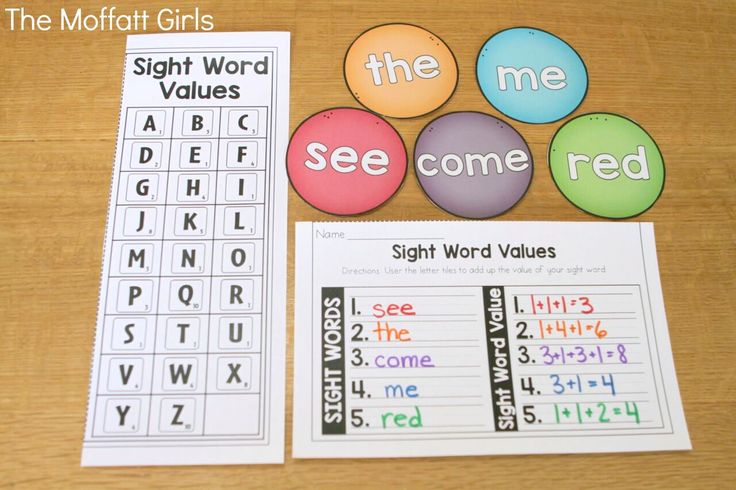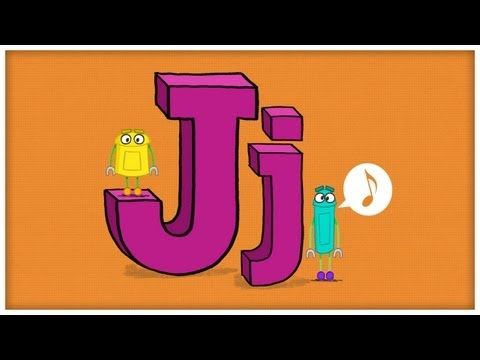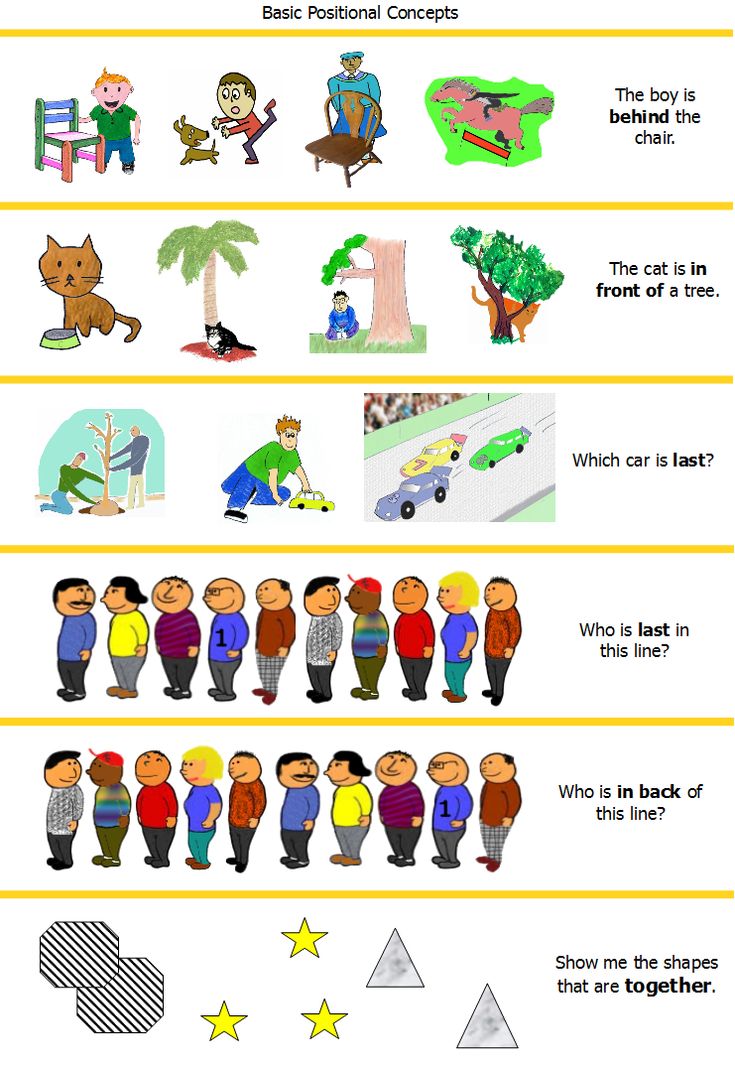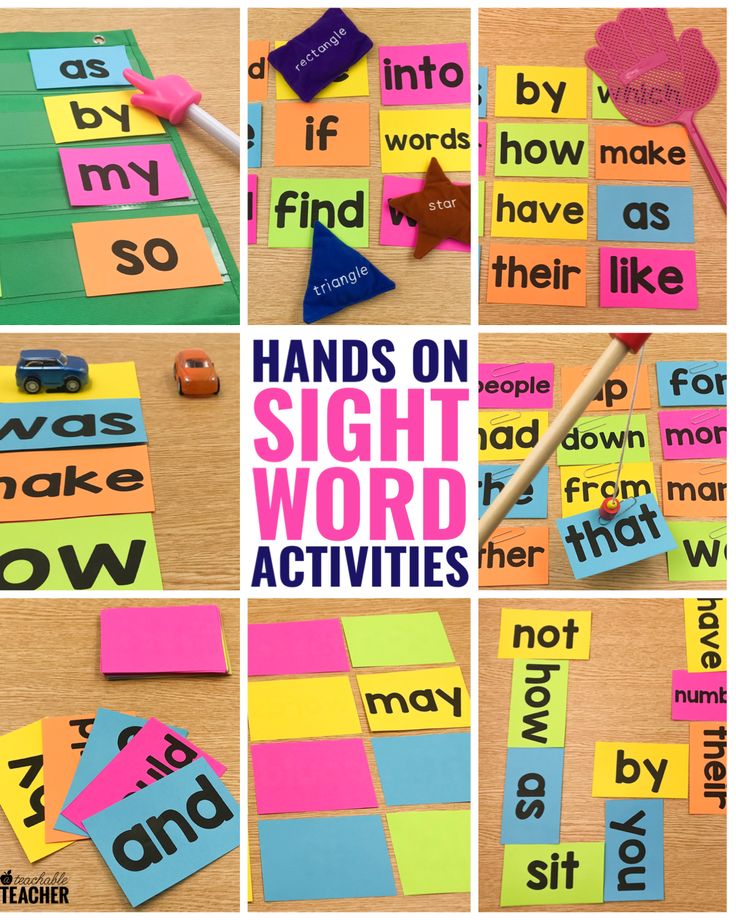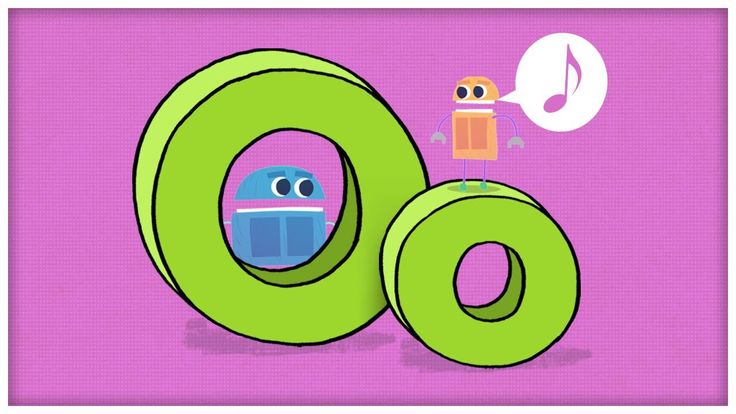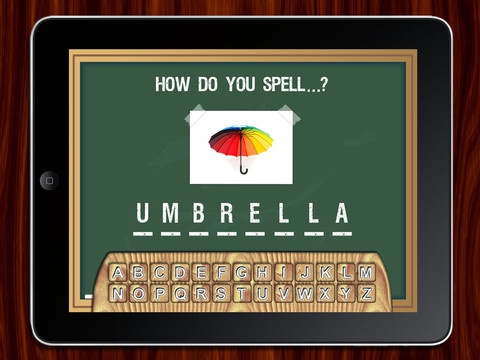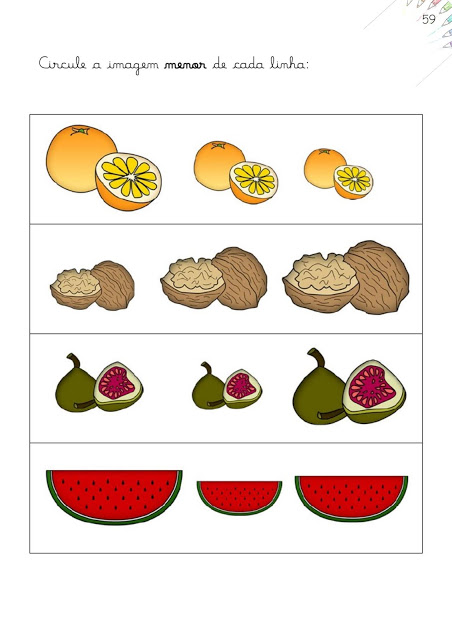Come sight word
Come See My Bugs, Sight Word Readers – Creative Teaching Press
Sample Pages
Sample Pages
- DESCRIPTION
- REVIEWS
- specifications
DESCRIPTION
Improve Word Recognition and Sight Word Vocabulary
These readers are the perfect tool for helping students recognize sight words and providing emergent readers with books they can successfully read on their own. Each book introduces a new sight word within a delightful story. Written by popular children's author Rozanne Lanczak Williams, these fun books are the perfect complement to any emergent reading program!
Great for Reading First, Fluency, Vocabulary, Text Comprehension, and ESL/ELL!
REVIEWS
SPECIFICATIONS
| Author | Rozanne Lanczak Williams |
| Fiction/Nonfiction | Nonfiction |
| Weight | 1.3 oz |
| Pages | 8 |
YOU MAY ALSO BE INTERESTED IN THE FOLLOWING PRODUCT(S)
QUICK VIEW
SKU: 3261
$71.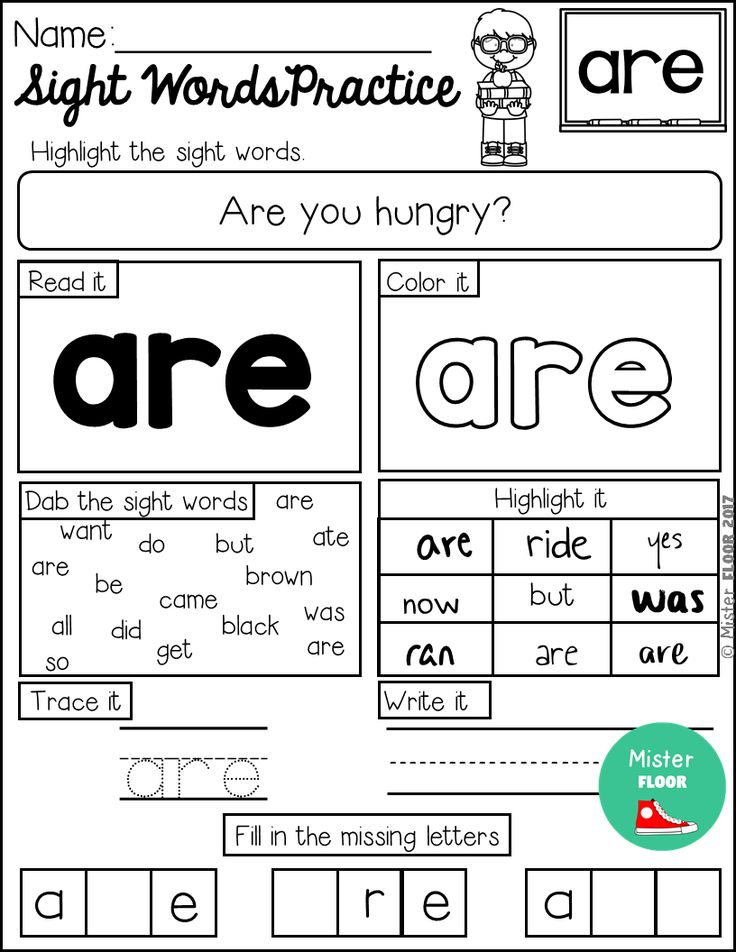 64
64
This pint-size book makes reading fun and affordable.Teachers and parents alike will find the clear text and attractive line drawings perfect for beginning readers. Great for Reading First, Phonics, and ESL/ELL! Comes with convenient, Velcro-close carrying case that holds the complete collection of 36 Itty Bitty Phonics Readers.36 books and storage bag set (3261)Includes 1 each of the following: What...
QUICK VIEW
SKU: 10272-CK
$35.94
It’s never too early to start! Help set young learners on the path to becoming financially responsible with the stories in the Financial Literacy for Kids book series. With the help of loveable characters Cat and Dog, children will become familiar with financial literacy core competencies, such as earning, spending, saving, borrowing, and investing. Story topics will help children become...
QUICK VIEW
SKU: 4534-CK
$53.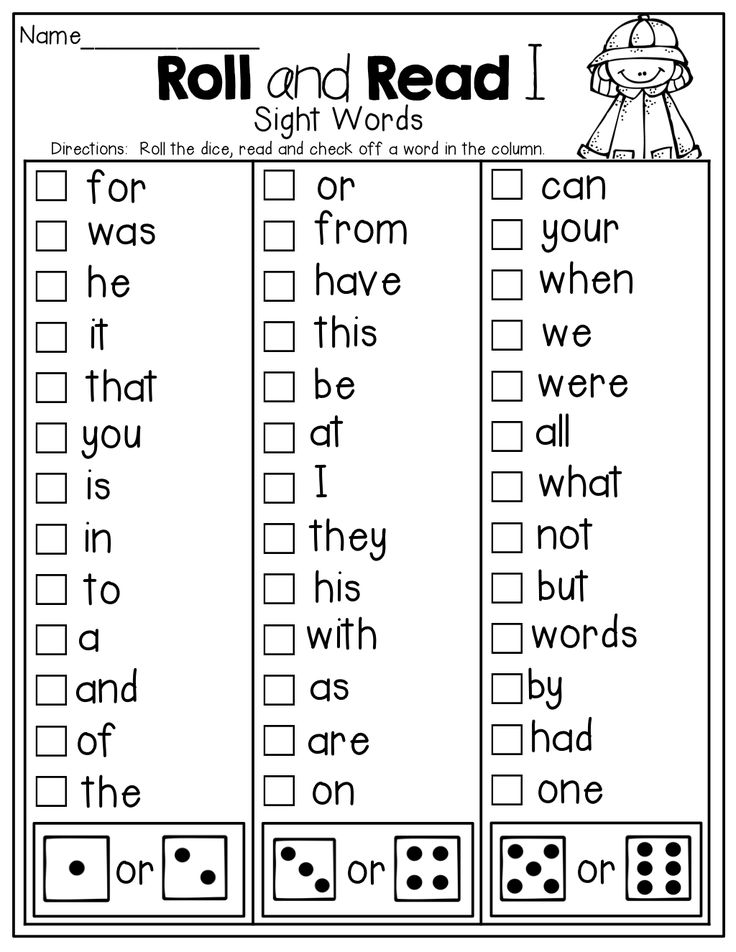 88
88
All around the world, people celebrate holidays with special traditions and festivities. The Holiday Series focuses on children's favorite holidays. Written specifically for emergent and early-fluency readers! Great for improving fluency, vocabulary development, and text comprehension. This 12-book series comes with these titles: Celebrating Martin Luther King Jr. Day: Dreaming of Change (4522) Celebrating Presidents' Day: What Is a President?...
QUICK VIEW
SKU: 18058-CK
$233.48
Out of Stock
About Learn to Read Books The Learn to Read books feature easy-to-read stories, rhymes, and songs that engage students’ attention and support their reading development by providing the following elements: High-interest topics for beginning readers Humorous or surprise endings that children love Predictable story lines with repeating text to help early readers develop reading strategies and build confidence Illustrations on.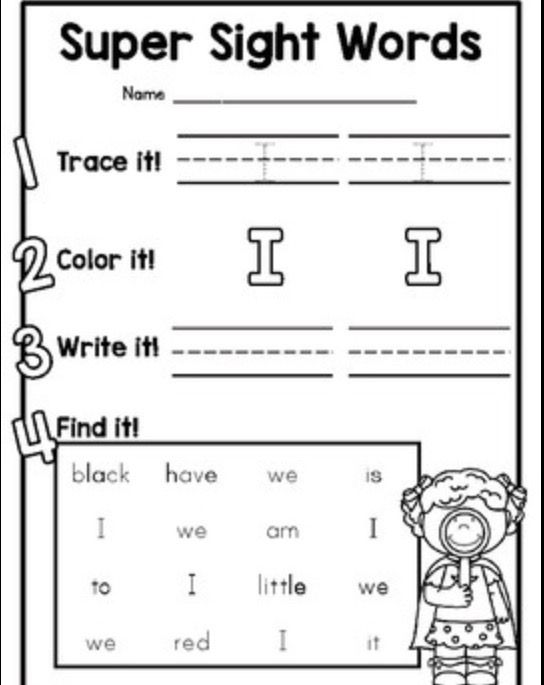 ..
..
QUICK VIEW
SKU: 18057-CK
$228.99
Out of Stock
About Learn to Read Books The Learn to Read books feature easy-to-read stories, rhymes, and songs that engage students’ attention and support their reading development by providing the following elements: High-interest topics for beginning readers Humorous or surprise endings that children love Predictable story lines with repeating text to help early readers develop reading strategies and build confidence Illustrations on...
QUICK VIEW
SKU: 18056-CK
$206.54
About Learn to Read Books The Learn to Read books feature easy-to-read stories, rhymes, and songs that engage students’ attention and support their reading development by providing the following elements: High-interest topics for beginning readers Humorous or surprise endings that children love Predictable story lines with repeating text to help early readers develop reading strategies and build confidence Illustrations on.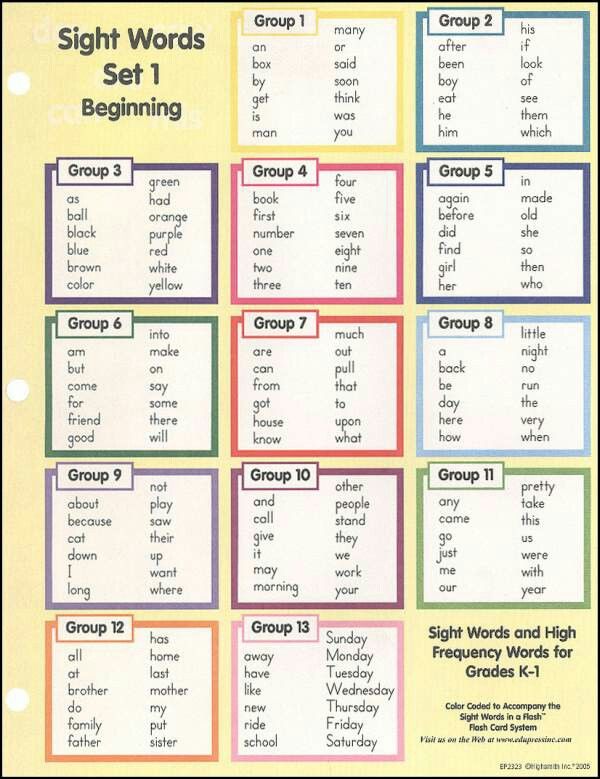 ..
..
QUICK VIEW
SKU: 18059-CK
$130.21
About Learn to Read Books The Learn to Read books feature easy-to-read stories, rhymes, and songs that engage students’ attention and support their reading development by providing the following elements: High-interest topics for beginning readers Humorous or surprise endings that children love Predictable story lines with repeating text to help early readers develop reading strategies and build confidence Illustrations on...
QUICK VIEW
SKU: 8241-CK
$215.52
Learn to Read Spanish books have been written to provide ample support for readers while expanding vocabulary, building fluency, and developing knowledge across the curriculum. Students will delight in the repetitive language, predictable story lines, and colorful illustrations while reinforcing their reading comprehension.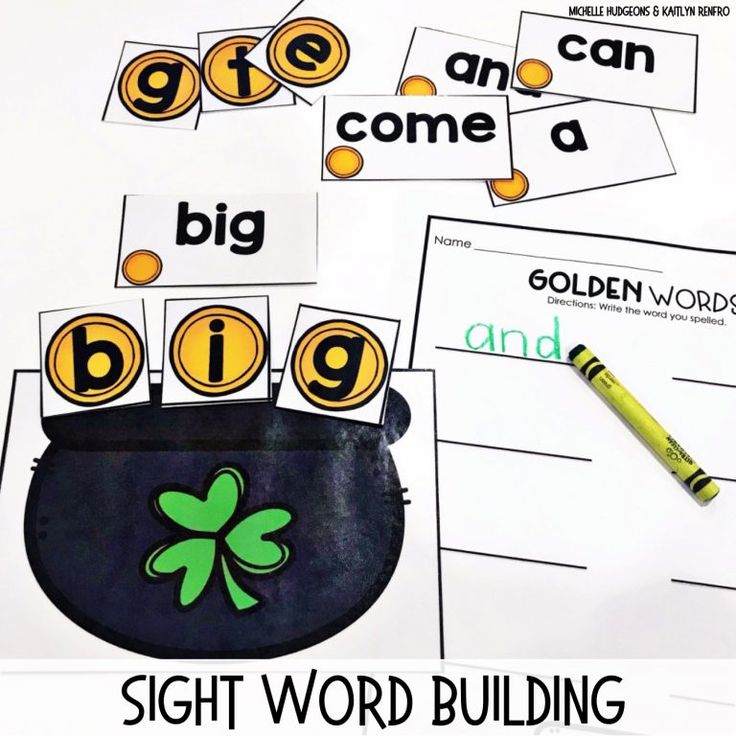 Carefully leveled, they are a complement to any beginning reading program. Build self-confidence and instill the love...
Carefully leveled, they are a complement to any beginning reading program. Build self-confidence and instill the love...
Sight Words | Sight Words: Teach Your Child to Read
Learn the history behind Dolch and Fry sight words, and why they are important in developing fluent readers.
More
Follow the sight words teaching techniques. Learn research-validated and classroom-proven ways to introduce words, reinforce learning, and correct mistakes.
More
Print your own sight words flash cards. Create a set of Dolch or Fry sight words flash cards, or use your own custom set of words.
More
Play sight words games. Make games that create fun opportunities for repetition and reinforcement of the lessons.
More
- Overview
- What Are Sight Words?
- Types of Sight Words
- When to Start
- Scaling & Scaffolding
- Research
- Questions and Answers
Sight words instruction is an excellent supplement to phonics instruction.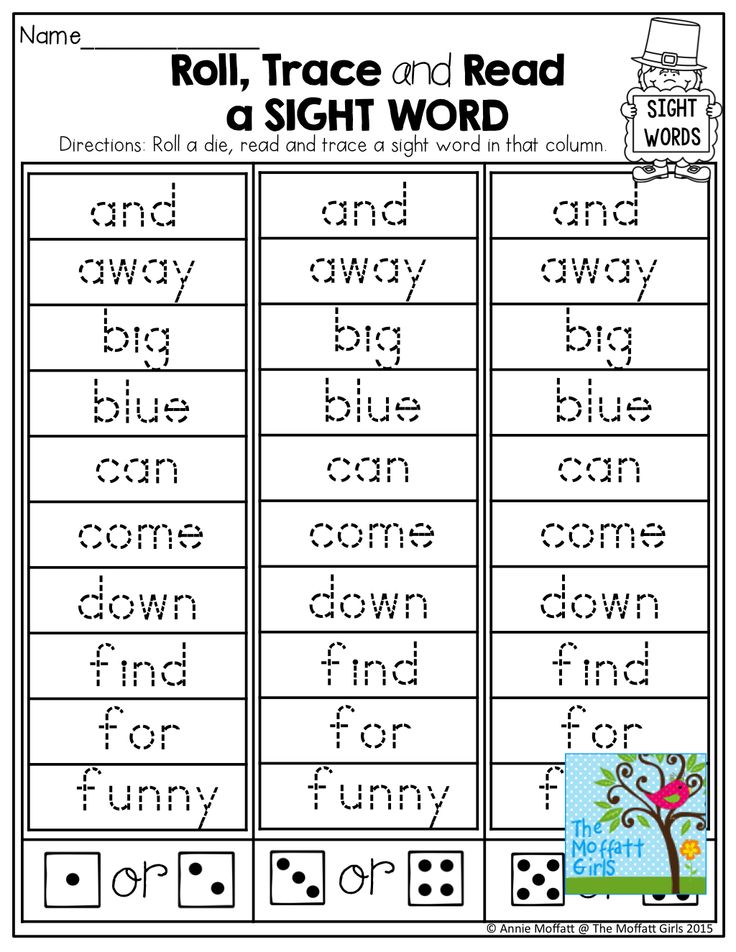 Phonics is a method for learning to read in general, while sight words instruction increases a child’s familiarity with the high frequency words he will encounter most often.
Phonics is a method for learning to read in general, while sight words instruction increases a child’s familiarity with the high frequency words he will encounter most often.
The best way to learn sight words is through lots and lots of repetition, in the form of flashcard exercises and word-focused games.
↑ Top
Sight words are words that should be memorized to help a child learn to read and write. Learning sight words allows a child to recognize these words at a glance — on sight — without needing to break the words down into their individual letters and is the way strong readers recognize most words. Knowing common, or high frequency, words by sight makes reading easier and faster, because the reader does not need to stop to try and sound out each individual word, letter by letter.
Sight Words are memorized so that a child can recognize commonly used or phonetically irregular words at a glance, without needing to go letter-by-letter.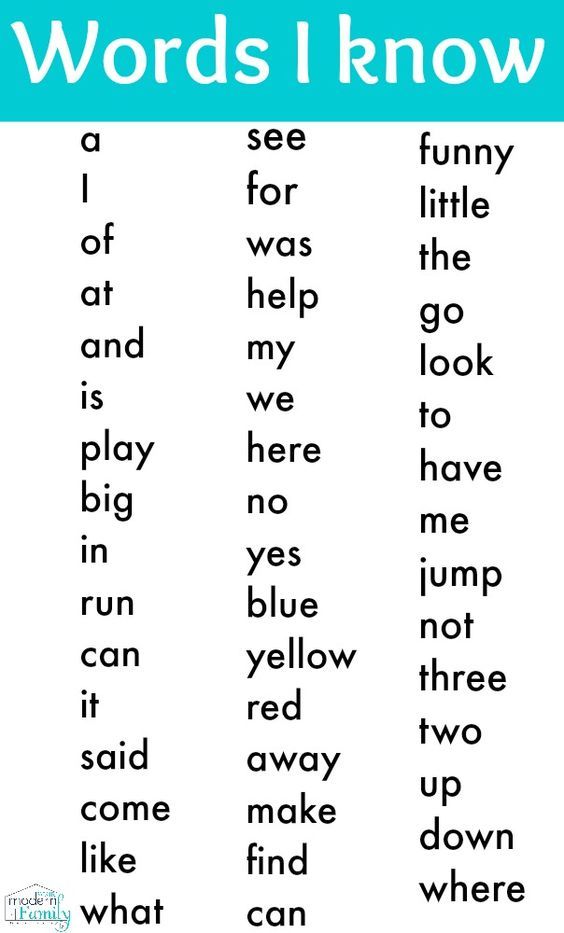
Other terms used to describe sight words include: service words, instant words (because you should recognize them instantly), snap words (because you should know them in a snap), and high frequency words. You will also hear them referred to as Dolch words or Fry words, the two most commonly used sight words lists.
Sight words are the glue that holds sentences together.
These pages contain resources to teach sight words, including: sight words flash cards, lessons, and games. If you are new to sight words, start with the teaching strategies to get a road map for teaching the material, showing you how to sequence the lessons and activities.
↑ Top
Sight words fall into two categories:
- Frequently Used Words — Words that occur commonly in the English language, such as it, can, and will.
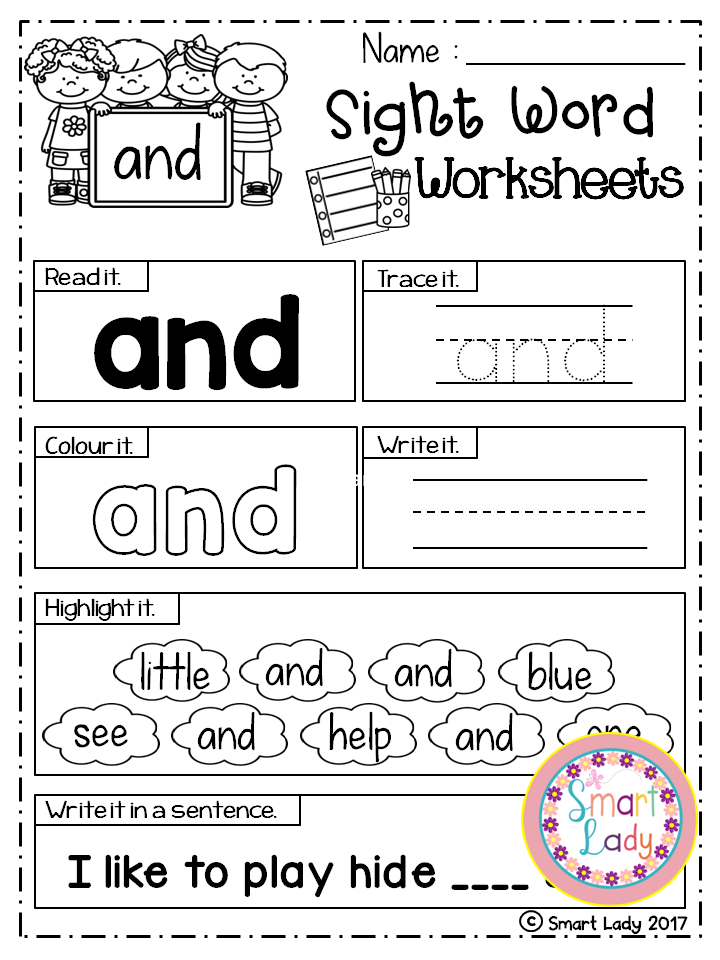 Memorizing these words makes reading much easier and smoother, because the child already recognizes most of the words and can concentrate their efforts on new words. For example, knowing just the Dolch Sight Words would enable you to read about 50% of a newspaper or 80% of a children’s book.
Memorizing these words makes reading much easier and smoother, because the child already recognizes most of the words and can concentrate their efforts on new words. For example, knowing just the Dolch Sight Words would enable you to read about 50% of a newspaper or 80% of a children’s book. - Non-Phonetic Words — Words that cannot be decoded phonetically, such as buy, talk, or come. Memorizing these words with unnatural spellings and pronunciations teaches not only these words but also helps the reader recognize similar words, such as guy, walk, or some.
There are several lists of sight words that are in common use, such as Dolch, Fry, Top 150, and Core Curriculum. There is a great deal of overlap among the lists, but the Dolch sight word list is the most popular and widely used.
3.1 Dolch Sight Words
The Dolch Sight Words list is the most commonly used set of sight words.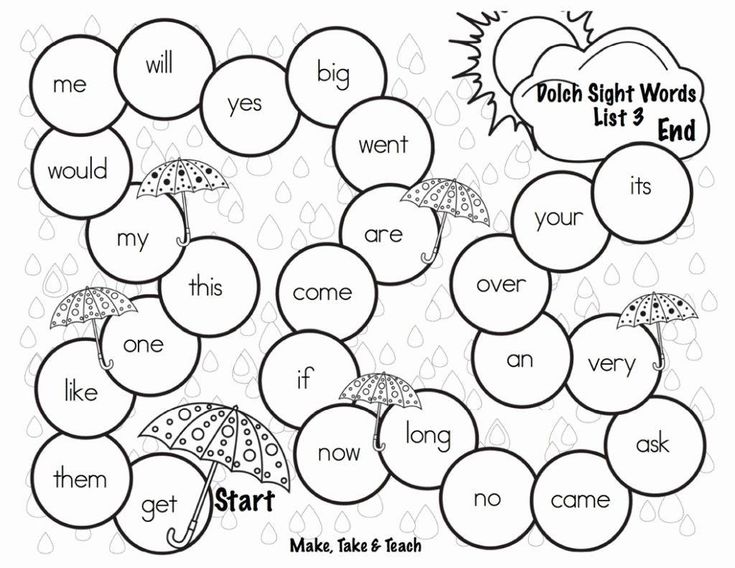 Educator Dr. Edward William Dolch developed the list in the 1930s-40s by studying the most frequently occurring words in children’s books of that era. The list contains 220 “service words” plus 95 high-frequency nouns. The Dolch sight words comprise 80% of the words you would find in a typical children’s book and 50% of the words found in writing for adults. Once a child knows the Dolch words, it makes reading much easier, because the child can then focus his or her attention on the remaining words.
Educator Dr. Edward William Dolch developed the list in the 1930s-40s by studying the most frequently occurring words in children’s books of that era. The list contains 220 “service words” plus 95 high-frequency nouns. The Dolch sight words comprise 80% of the words you would find in a typical children’s book and 50% of the words found in writing for adults. Once a child knows the Dolch words, it makes reading much easier, because the child can then focus his or her attention on the remaining words.
More
3.2 Fry Sight Words
The Fry Sight Words list is a more modern list of words, and was extended to capture the most common 1,000 words. Dr. Edward Fry developed this expanded list in the 1950s (and updated it in 1980), based on the most common words to appear in reading materials used in Grades 3-9. Learning all 1,000 words in the Fry sight word list would equip a child to read about 90% of the words in a typical book, newspaper, or website.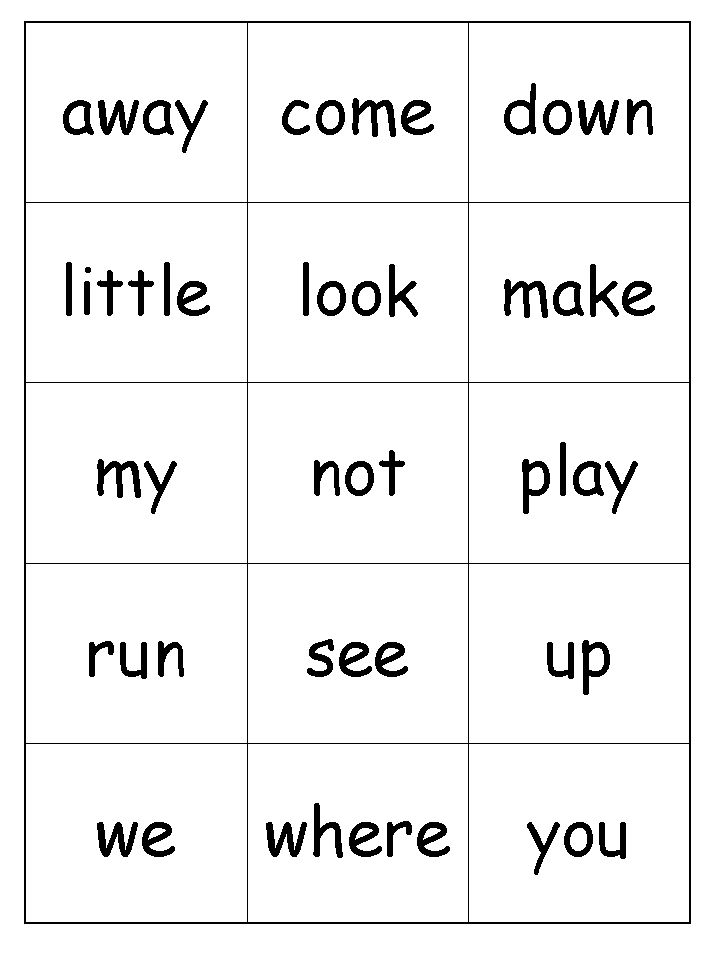
More
3.3 Top 150 Written Words
The Top 150 Written Words is the newest of the word lists featured on our site, and is commonly used by people who are learning to read English as a non-native language. This list consists of the 150 words that occur most frequently in printed English, according to the Word Frequency Book. This list is recommended by Sally E. Shaywitz, M.D., Professor of Learning Development at Yale University’s School of Medicine.
More
3.4 Other Sight Words Lists
There are many newer variations, such as the Common Core sight words, that tweak the Dolch and Fry sight words lists to find the combination of words that is the most beneficial for reading development. Many teachers take existing sight word lists and customize them, adding words from their own classroom lessons.
↑ Top
Before a child starts learning sight words, it is important that he/she be able to recognize and name all the lower-case letters of the alphabet. When prompted with a letter, the child should be able to name the letter quickly and confidently. Note that, different from learning phonics, the child does not need to know the letters’ sounds.
When prompted with a letter, the child should be able to name the letter quickly and confidently. Note that, different from learning phonics, the child does not need to know the letters’ sounds.
Before starting sight words, a child needs to be able to recognize and name all the lower-case letters of the alphabet.
If a student’s knowledge of letter names is still shaky, it is important to spend time practicing this skill before jumping into sight words. Having a solid foundation in the ability to instantly recognize and name the alphabet letters will make teaching sight words easier and more meaningful for the child.
Go to our Lessons for proven strategies on how to teach and practice sight words with your child.
↑ Top
Every child is unique and will learn sight words at a different rate. A teacher may have a wide range of skill levels in the same classroom.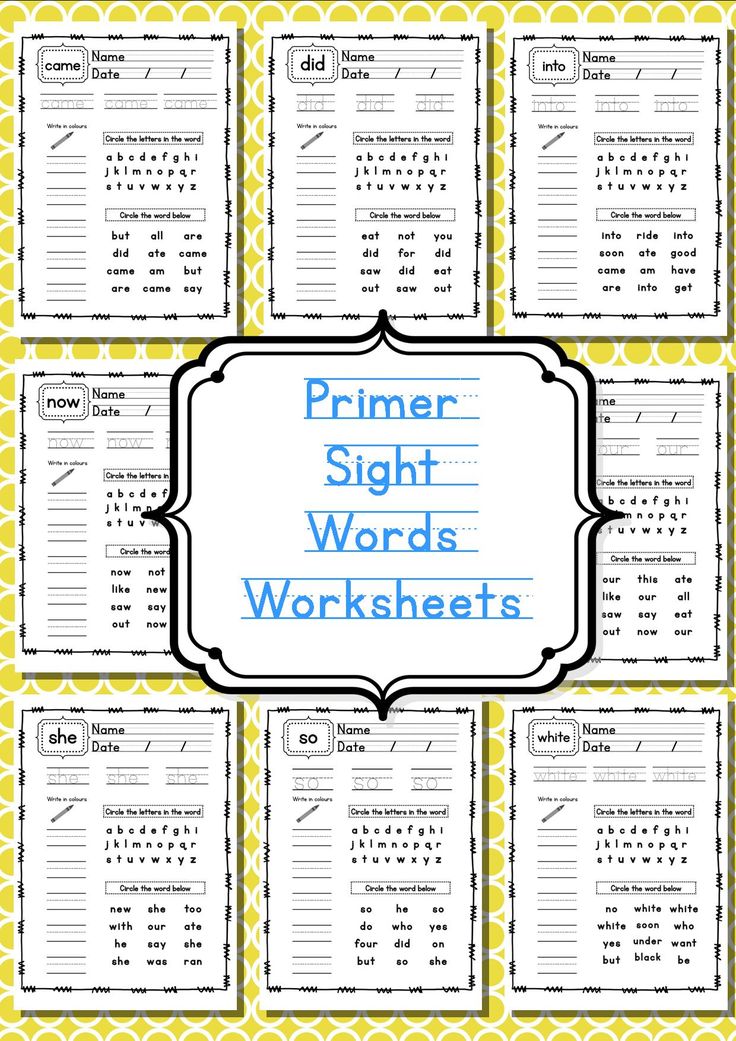 Many of our sight words games can be adjusted to suit different skill levels.
Many of our sight words games can be adjusted to suit different skill levels.
Many of our activity pages feature recommendations for adjusting the game to the needs of your particular child or classroom:
- Confidence Builders suggest ways to simplify a sight words game for a struggling student.
- Extensions offer tips for a child who loves playing a particular game but needs to be challenged more.
- Variations suggest ways to change up the game a little, by tailoring it to a child’s special interests or making it “portable.”
- Small Group Adaptations offer ideas for scaling up from an individual child to a small group (2-5 children), ensuring that every child is engaged and learning.
↑ Top
Our sight words teaching techniques are based not only on classroom experience but also on the latest in child literacy research.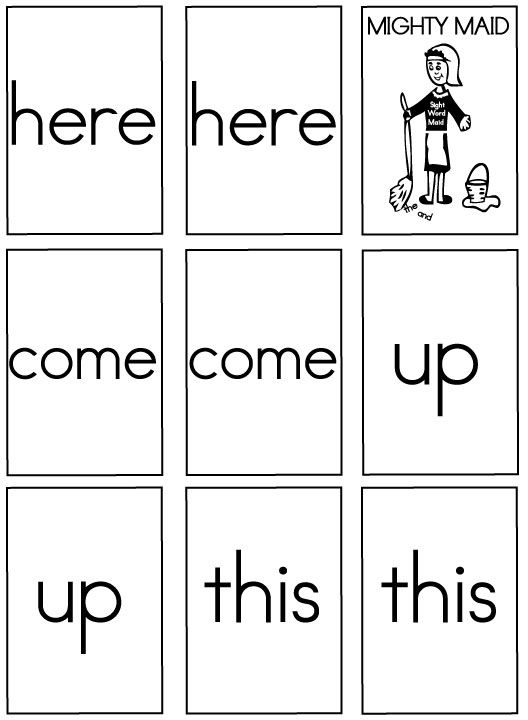 Here is a bibliography of some of the research supporting our approach to sight words instruction:
Here is a bibliography of some of the research supporting our approach to sight words instruction:
- Ceprano, M. A. “A review of selected research on methods of teaching sight words.” The Reading Teacher 35:3 (1981): 314-322.
- Ehri, Linnea C. “Grapheme–Phoneme Knowledge Is Essential for Learning to Read Words in English.” Word Recognition in Beginning Literacy. Mahwah, NJ: L. Erlbaum Associates, 1998.
- Enfield, Mary Lee, and Victoria Greene. Project Read. www.projectread.com. 1969.
- Gillingham, Anna, and Bessie W. Stillman. The Gillingham Manual: Remedial Training for Students with Specific Disability in Reading, Spelling, and Penmanship, 8th edition. Cambridge, MA: Educators Publishing Service, 2014.
- Nist, Lindsay, and Laurice M. Joseph. “Effectiveness and Efficiency of Flashcard Drill Instructional Methods on Urban First-Graders’ Word Recognition, Acquisition, Maintenance, and Generalization.
 ” School Psychology Review 37:3 (Fall 2008): 294-308.
” School Psychology Review 37:3 (Fall 2008): 294-308. - Shaywitz, Sally E. Overcoming Dyslexia: A New and Complete Science-Based Program for Reading Problems at Any Level. New York: Alfred A. Knopf, 2003.
- Stoner, J.C. “Teaching at-risk students to read using specialized techniques in the regular classroom.” Reading and Writing: An Interdisciplinary Journal 3 (1991).
- Wilson, Barbara A. “The Wilson Reading Method.” Learning Disabilities Journal 8:1 (February 1998): 12-13.
- Wilson, Barbara A. Wilson Reading System. Millbury, MA: Wilson Language Training, 1988.
↑ Top
Leave a Reply
school site - Modern school
New educational center. Welcome to our site.
Municipal Autonomous Educational Institution
"Secondary school No.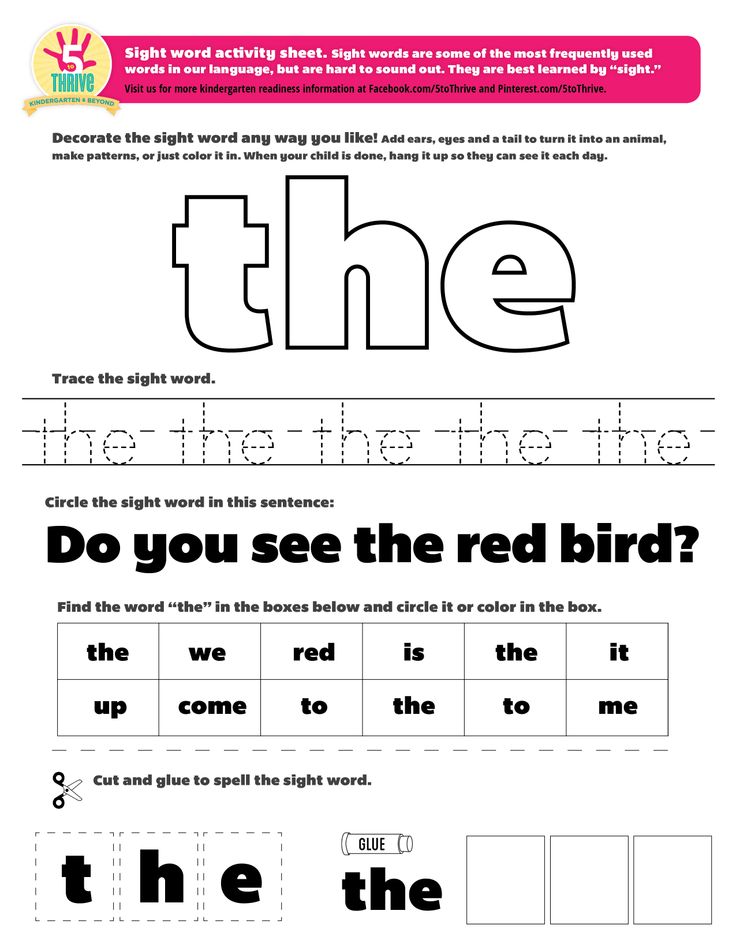 5"
5"
9000 099000 9000 9000 9000 9000 9000 9000
G. Lapchevoi
When the east turns red at dawn,
This is where we come to study.
Favorite school, we swear to you:
You can rely on us.
Chorus:
To get up with the eyelid,
To know the world around,
We study "excellent"
We promise the school "5"!
And you will teach us to be friends and dream,
And strive for a lofty goal.
Always win in studies and sports,
And achieve success in life!
When in the spring in the schoolyard
It's time for us to say goodbye,
Favorite school, we swear to you,
You can be proud of us!
| 5 th school: good w oh live! at to you can only recognize! Excellent to study! weight l o be friends! note a have a good rest! |
To develop your mind, come to school 5!
Virtual excursion at our school
Ministry of Education and Science of the Russian Federation
http: //xn-80abucjiibhv9a.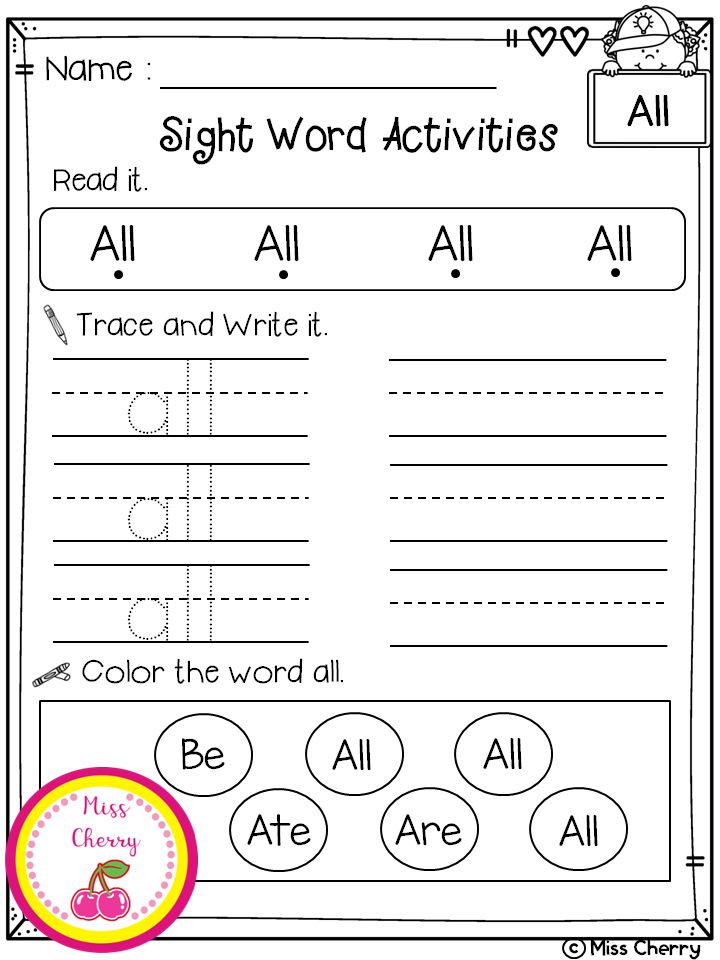 xn--p1ai/ 9000 9000 9000 9000 9000 9000 9000 9000 9000 9000 9000 9000 9000
xn--p1ai/ 9000 9000 9000 9000 9000 9000 9000 9000 9000 9000 9000 9000 9000
http://www.edu.ru/
Ministry of Education of the Perm Territory
http://minobr.permkrai.ru/ City City District
http://chusobr.edusite.ru/
Information - Methodical Service
http://59313.edusite.ru
http: //korniloVAVAVORD .com
Federal Center for Information and Educational Resources
http://fcior.edu.ru
Unified collection of digital resources
http://school-collection.ed.ru
Information system "Unified Access to Educational Resources"
http://window.edu.ru
Our school on the site 11klassniki.ru
http://www.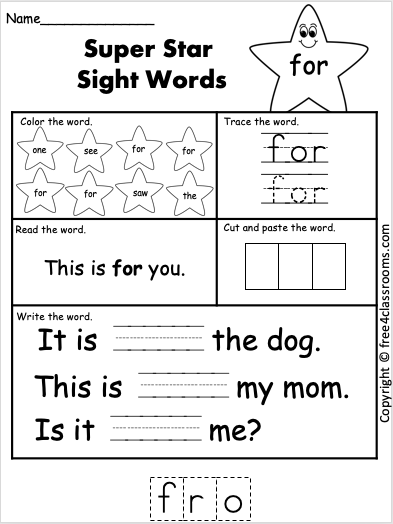 1klassniki.ru/school_post.phous ?id_school=2070
1klassniki.ru/school_post.phous ?id_school=2070
5 common tricks that manipulators use to lead people by the nose
1. A bad person is a bad argument
Illustration from Nikita Nepryakhin's book "I manipulate you", publishing house "Alpina Publisher"« What can a person who has not changed his passport argue about? What views on architecture can a man express without a residence permit? And in general, how can we be interested in the opinion of a bald person with such a nose? Let him fix his nose first, grow his hair, and then speak out! "- remember this famous joke of Mikhail Zhvanetsky?
Manipulation "Bad person - bad argument" comes down to discrediting a person in any way, and through his denigration to show that everything he talks about (arguments, arguments, ideas, thoughts, suggestions) does not have the right to Existence.
Discredit can hit anything: a person can be ignorant, inexperienced, incompetent, and unsympathetic — in general, anything can be found in the arsenal of a manipulator.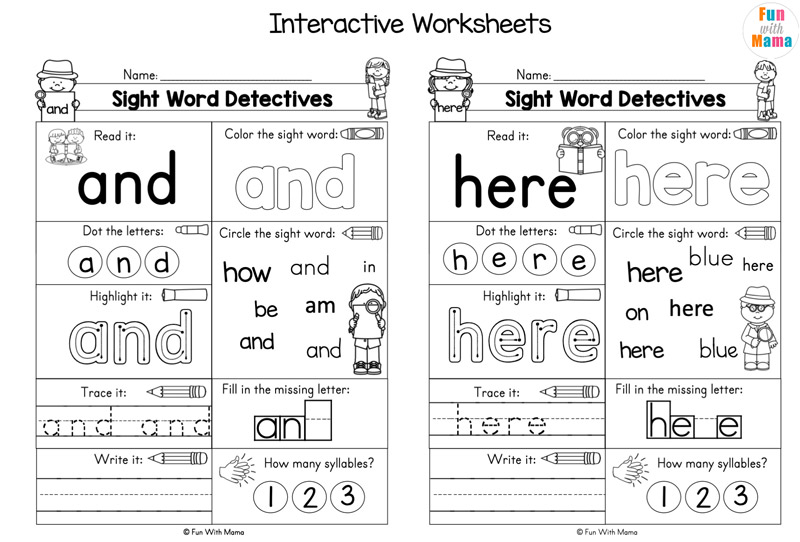
Of course, it offends, humiliates, infuriates, acts on an emotional level. A kind of attack on the person himself, and not on what he says. Essentially, there is absolutely nothing here.
- "First you dress like a human being, and then come up with your ideas."
- “And this is what a person with a criminal record is telling us?”
- “Why are you listening to him, he even manages to make a mistake in the word “agreement!”
- “First, pick the goat out of your nose, and then teach us all here!”
- “First you arrive on time for meetings, and then try to get the floor!”
These are all examples of "Bad man - bad argument" manipulation. It seems to me that this is a very telling and understandable name: in order to discredit an argument or opinion of a person, you can discredit him himself, and it doesn’t matter how.
Often the victim will try to "return the uppercut".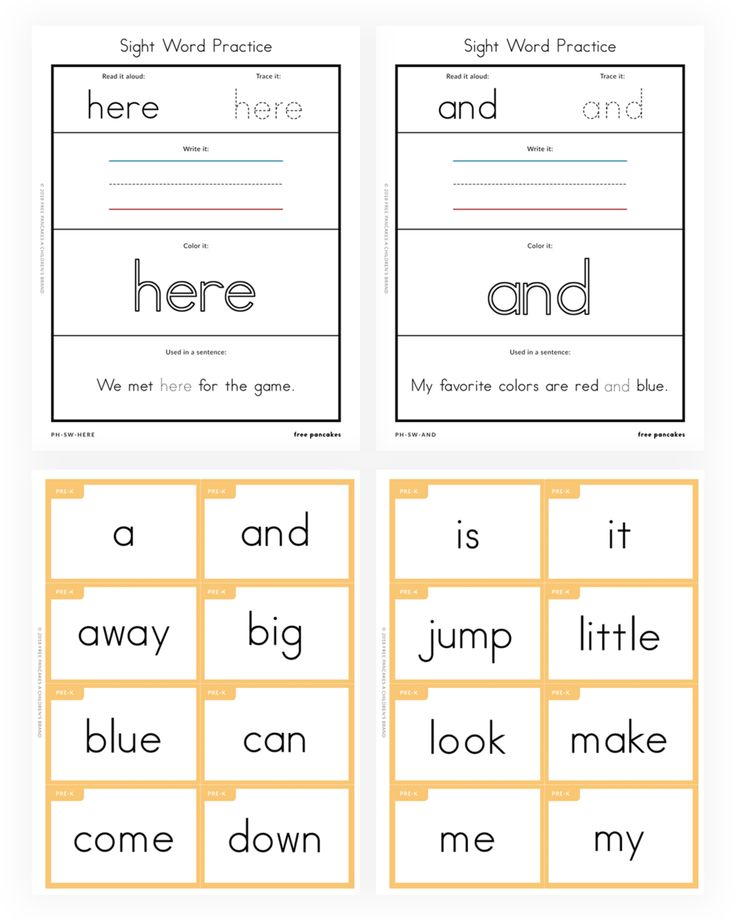 But isn't this a profitable scenario for the manipulator? After all, his main task is to get away from a constructive reaction to the words of the victim. Conflict is a common and familiar situation for the aggressor, he is there like a fish in water. <…>
But isn't this a profitable scenario for the manipulator? After all, his main task is to get away from a constructive reaction to the words of the victim. Conflict is a common and familiar situation for the aggressor, he is there like a fish in water. <…>
Counteraction
How can one protect oneself from such manipulation? First of all, no retaliatory attacks, mutual insults, because otherwise you will follow the scenario of the manipulator.
The main tactic is to ignore the denigration.
You have to be above this, because you know the true motives of your opponent, why give in? Especially when you know the manipulation scenario itself and understand the final goals of the aggressor, it is much easier to maintain composure: there is no misunderstanding of what needs to be done in such a situation.
And now the main thing: we must transfer the situation from an acute emotional phase to a cold rational one.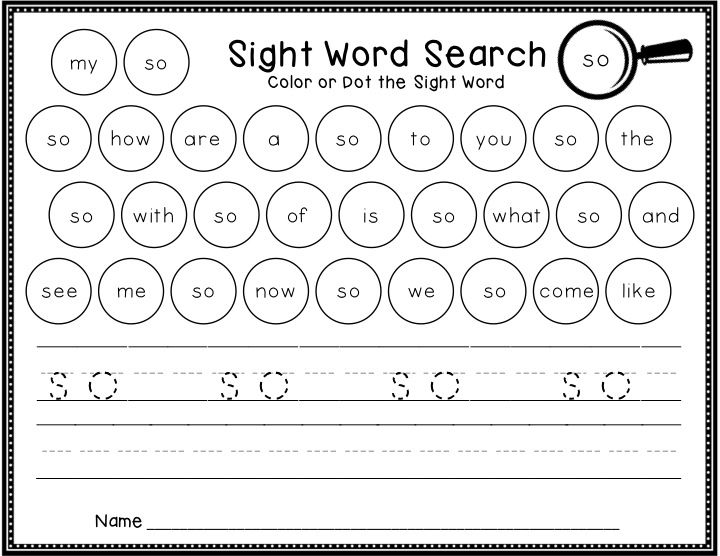 Let's think about whether there is a logical connection between what I say and what my opponent accuses me of. Well, I don’t know how to work, for example, in Excel, but does this mean that my business plan is incorrect?
Let's think about whether there is a logical connection between what I say and what my opponent accuses me of. Well, I don’t know how to work, for example, in Excel, but does this mean that my business plan is incorrect?
In counteracting the manipulation “Bad person - bad argument”, only a transition to a logical channel, analysis of the cause-and-effect relationship and knowledge of the laws of argumentation can help:
— You will first learn how to work in Excel, and then climb with your business plan!
-
- Option 1 : “Tell me, how is my knowledge of a computer program related to my budget plan for the department?”
- Option 2 : "Do I understand correctly that if I now translate my budget into Excel, will you accept it unconditionally?"
2. Inconsistency of words with deeds
Illustration from Nikita Nepryakhin’s book “I manipulate you”, Alpina Publisher publishing house Why do you think I chose the image of a cow to illustrate the next manipulation called “Inconsistency of words with deeds” ? The thing is that among the people there is a wonderful saying “Whoever the cow mooed .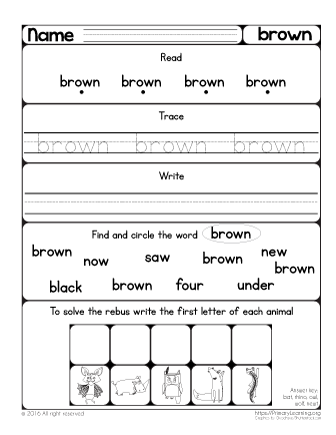 ..”, which describes the essence of this manipulation.
..”, which describes the essence of this manipulation.
As in the previous type of manipulation, here the discussion of the topic is essentially replaced by the discussion of the opponent. Only if before that there was any denigrating discredit, in this case the manipulator shows the inconsistency of the interlocutor's arguments with his own behavior, manifestations of character, life principles and position.
Suppose you are talking about the war, and your counterpart asks: “How can you talk if you yourself have not participated in any war?”
“Inconsistency of words with deeds” — various manipulation:
- “What are you teaching me when you did it yourself in your youth?”
- “You talk about modern fashion here, but you yourself walk around in worn-out, dirty shoes made in China! Do not make me laugh!"
- “Here you are talking about not being aggressive towards animals, but you yourself are wearing a leather jacket!”
- “First, you will learn to speak Russian yourself without mistakes, and then make comments on how I should put stress!”
For example, a father teaches his son: “Smoking is bad! This is very bad for your health! It's a very bad habit!" - and makes a number of arguments.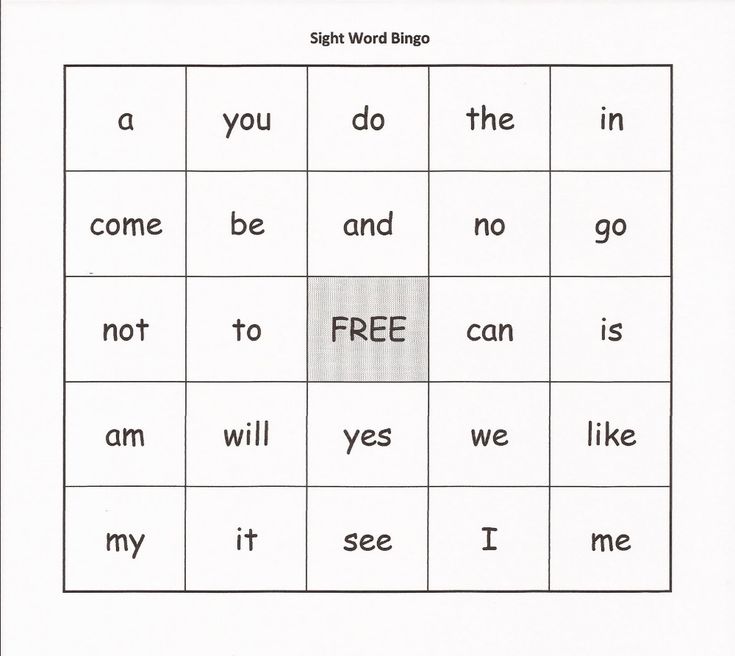 According to the laws of logic and constructive dialogue, the opponent is obliged to give a counterargument to each of the arguments or - another option - to defend his position. But it's not easy, right? And besides, it's hard work.
According to the laws of logic and constructive dialogue, the opponent is obliged to give a counterargument to each of the arguments or - another option - to defend his position. But it's not easy, right? And besides, it's hard work.
Even children and adolescents without rich communication experience understand that it is easier to turn your blow against the interlocutor himself, thereby devaluing the importance of his words. Therefore, it is not surprising that the son, in response to his father’s words, reacts like this: “What are you teaching me here when you smoke yourself?”
Counteraction
There is a reasonable feeling that there is no constructive response against such manipulation. After all, everything is logical: words disagree with deeds. Nevertheless, I want to emphasize once again: this is not a counterargument to the merits of the case, not a discussion of the problem, but a blow to the person himself, although in some cases deserved (but, unfortunately, not in most cases).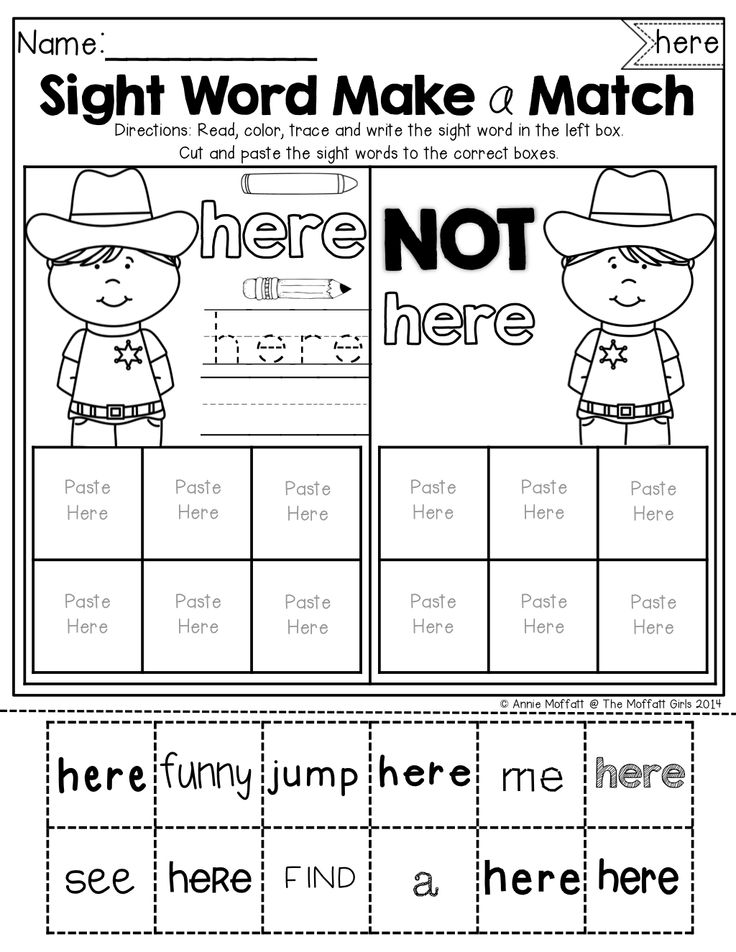
Let's go back to the father and son situation. What answer options exist to neutralize this unconscious (unconscious?) manipulation? Would it be right for the father to acknowledge the discrepancy? No, that would mean recognizing someone else's victory.
Would it be right if a father starts to play along with his son and demonstrate how sick he is, what rotten teeth he has because of smoking, what condition his lungs are in, and so on? I'm afraid this strategy is also wrong, because he will only discredit himself even more, losing his father's authority. To appeal to the fact that the father wants what is best for his son will be absolutely incomprehensible to a teenager.
Maybe it would be correct to say “ When you grow up, then you will be clever! " or " As long as I fully support you, you will listen to me! ", or " One more word, and you will be punished and stay at home for a week! "? In no case! Indeed, in response to manipulation, the father himself resorts to aggression, fixing an absolutely incorrect communication model in the mind of the child.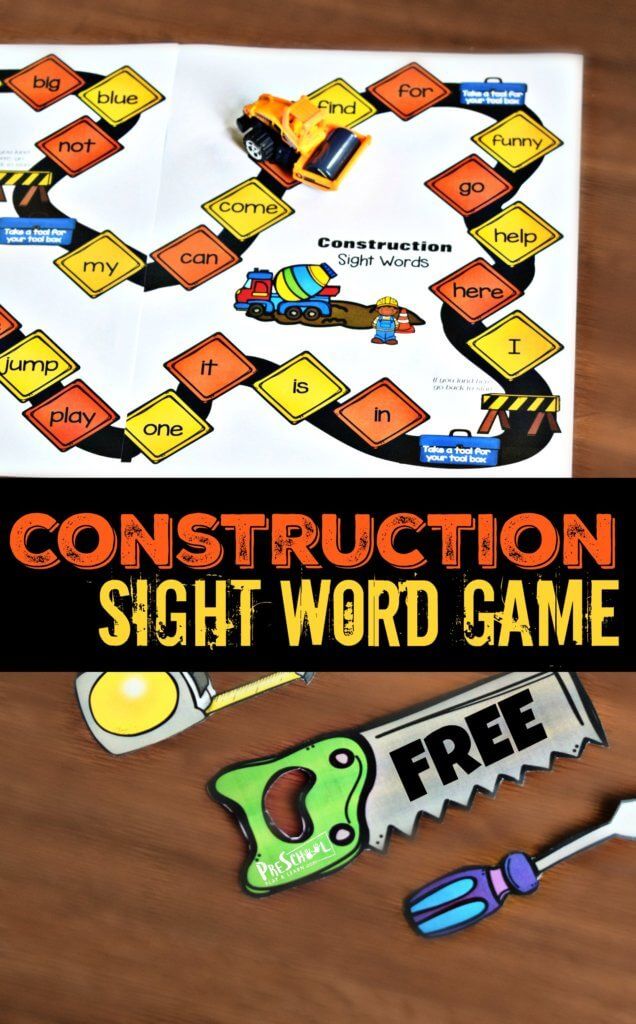
So what to do? Let's go back to the manipulation scenario.
Main strategy: do not succumb to the scenario line, but break it. The opponent discredits us by demonstrating that our words are at odds with our deeds. He sticks to us a kind of "minus sign". So, in order to break the scenario, we have to translate "minus" into "plus".
I call this logical reframing. And in most cases, for a competent and conflict-free answer, the template phrase “just because” will help, which immediately turns our supposedly weak side into a strong one, instantly increasing authority in the issue of discussion.
See how this can be effectively done:
— What are you teaching me if you smoke yourself?
— So, it is precisely because I smoke myself that I am telling you this! Not a grandmother from a neighboring entrance, not someone else, but me. I know what it can lead to!
Notice how the background and tone of the conversation has changed.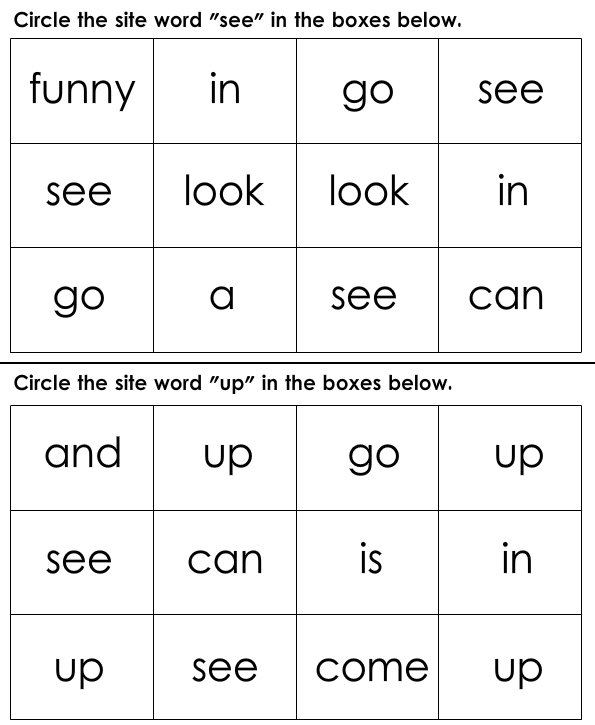 Instead of self-flagellation through logical reframing, or the "that's why" template, an expert position appears and the words take on a completely different meaning.
Instead of self-flagellation through logical reframing, or the "that's why" template, an expert position appears and the words take on a completely different meaning.
3. Ignorance
Illustration from Nikita Nepryakhin's book "I manipulate you", Alpina PublisherThe manipulator always plays on our emotional strings, this is what I call the target of manipulation. And very often this string is the fear of appearing ignorant, inexperienced, incompetent or ignorant.
We are very often afraid to admit that we do not know or understand something, we are embarrassed to show our ignorance. This is the basis of the manipulation, which I call very simply: “Ignorance”.
Here are some of the most common examples of such manipulation:
- “Everyone has long known that…” theory confirms my opinion.
- “What can you say about the coefficient of determination? BUT? You see, I'm definitely right here!
- “Well, you must have read this book! It's a business classic! All educated people have read it! Here it says the same thing.
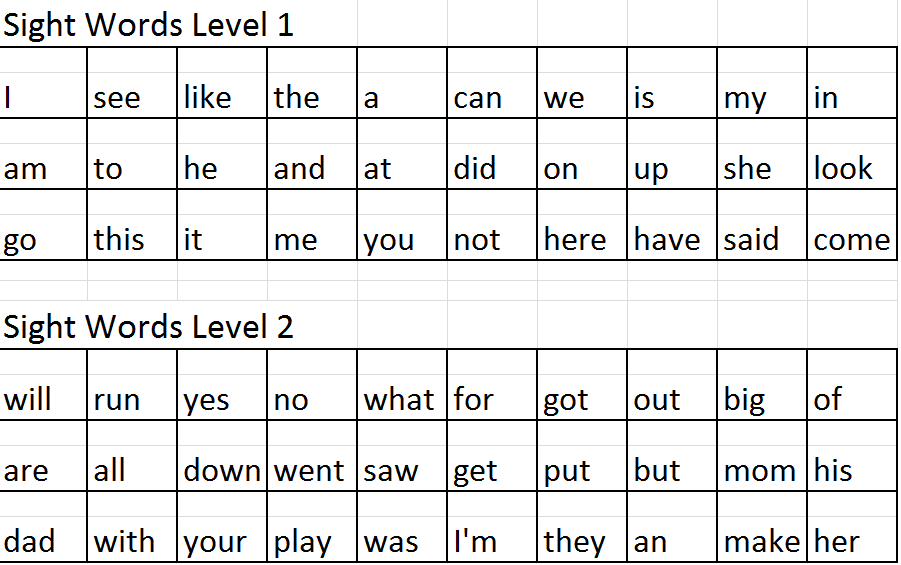 So I propose to accept my point of view.
So I propose to accept my point of view. - "I'm not sure if the validity you specified is amenable to correlation analysis, so I'll have to change some indicators in the report."
You probably already understood that highly educated people very often use such manipulation. Difficult terms, English words, incomprehensible abbreviations, scientific expressions, facts that are difficult to verify here and now - this is what Ignorance uses when they play on ignorance and a sense of false shame.
The manipulator additionally makes the victim believe in his superiority, this is a complicating factor. At the same time, the manipulator often uses such a tone and intonation, as if talking about the most elementary things.
There are times when a manipulator simply sprinkles memorized smart words, without fully understanding their meaning. The main thing is to sound smart, and the victim would be ashamed to show their ignorance - then everything will work! Sometimes manipulators use amplifying phrases: “ Everyone knows ”, “ It has long been known ”, “ The fact is well-known”, “ Absolutely obvious ”, “ Everyone understands ”.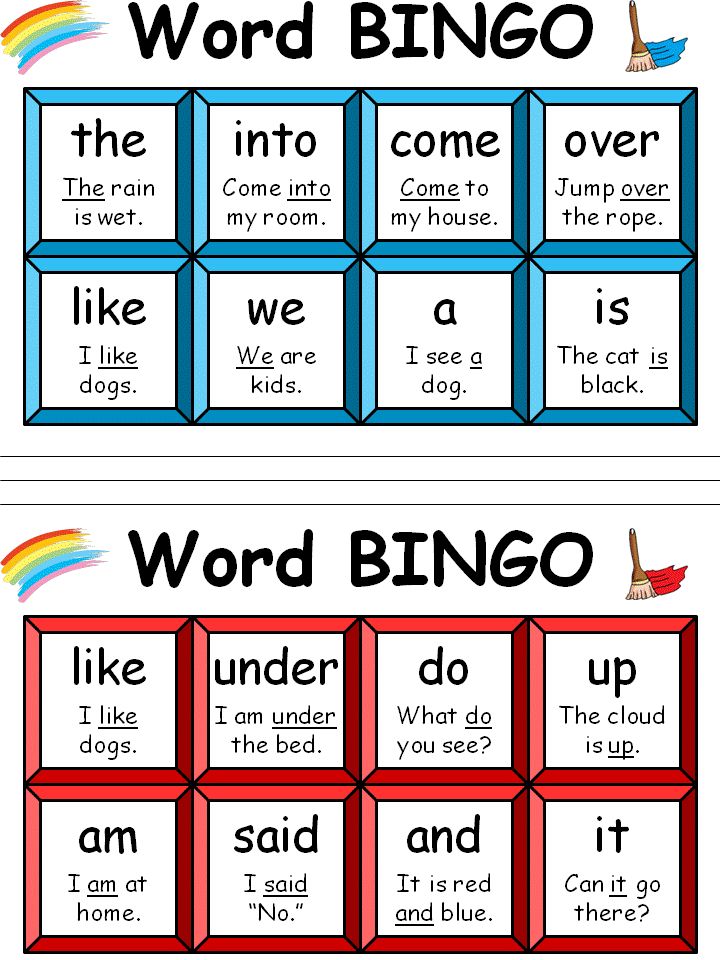 Compare: " Best cars - German " and " Everyone has long known that the best cars are the German .” All these are also manifestations of the “Ignorance” manipulation. <…>
Compare: " Best cars - German " and " Everyone has long known that the best cars are the German .” All these are also manifestations of the “Ignorance” manipulation. <…>
Opposition
It's amazing why people are so afraid to show their ignorance? Does ignorance of some term, postulate or scientific theory somehow detract from their dignity? Is it really so scary if you haven’t read or heard something? Is it really so scary to clarify the meaning and meaning, especially from the manipulator himself?
What is the manipulator waiting for? The fact that we are afraid and show false shame. Shame to ask and clarify.
The only way to break this really simple manipulation is to simply admit your ignorance, ask and clarify. Without self-flagellation, embarrassment, absolutely calmly and with dignity.
And then you will see that the manipulator itself has a rather vague and vague idea of what it refers to. Watching the manipulator "get confused in his own testimony" is always a funny sight, because he himself falls into the trap set by himself. And sometimes he can refer to completely non-existent facts, fictitious scientific positions, so you should always ask and clarify. Believe me, your reputation or authority will not disappear.
And sometimes he can refer to completely non-existent facts, fictitious scientific positions, so you should always ask and clarify. Believe me, your reputation or authority will not disappear.
— Don't you even know basic things?
- I don't know what elementary things you are talking about. Introduce me to them, please.
— Haven't you read the book "7 Keys to a Successful Life"? It's a classic! This is just a must-read for all educated people!
- No, I haven't. Share your main thoughts.
- You draw conclusions without having sufficient knowledge on this issue. To begin with, you would study the well-known experience of foreign colleagues.
– I will definitely study at my leisure. Now I can't do that, so please explain how this experience is directly related to the subject of our discussion?
- Look, even the Birch and Swinnerton-Dyer hypothesis says so!
- I don't know this hypothesis. Let's see what she's talking about and see if she's relevant.
Let's see what she's talking about and see if she's relevant.
4. Oiling
Illustration from Nikita Nepryakhin’s book “I manipulate you”, Alpina PublisherAbraham Lincoln once said, "You can catch more flies with a drop of honey than with a gallon of bile." What a capacious and well-aimed observation! It is on this effect that the next uncomplicated, but very common and, most importantly, effective manipulation called "Greasing" is based.
The main target of this manipulation is an appeal to our vanity, the purpose of which is to cloud our consciousness, to flatter our vanity with the help of properly selected compliments.
- “The erudition of my interlocutor is beyond doubt, therefore I am sure that he will not argue…”
- “A person who is not subtle and deep enough, of course, will not appreciate and understand, but here you are…”
- “ You, as one of the best specialists in our company, should…”
- “As an educated person, you will agree that…”
- “We are well aware of your honesty, integrity and openness, so you will definitely…”
- “I rely on your prudence and sharpness of mind and I am sure that you will agree with me…”
What do all these seemingly different examples have in common? manipulation script.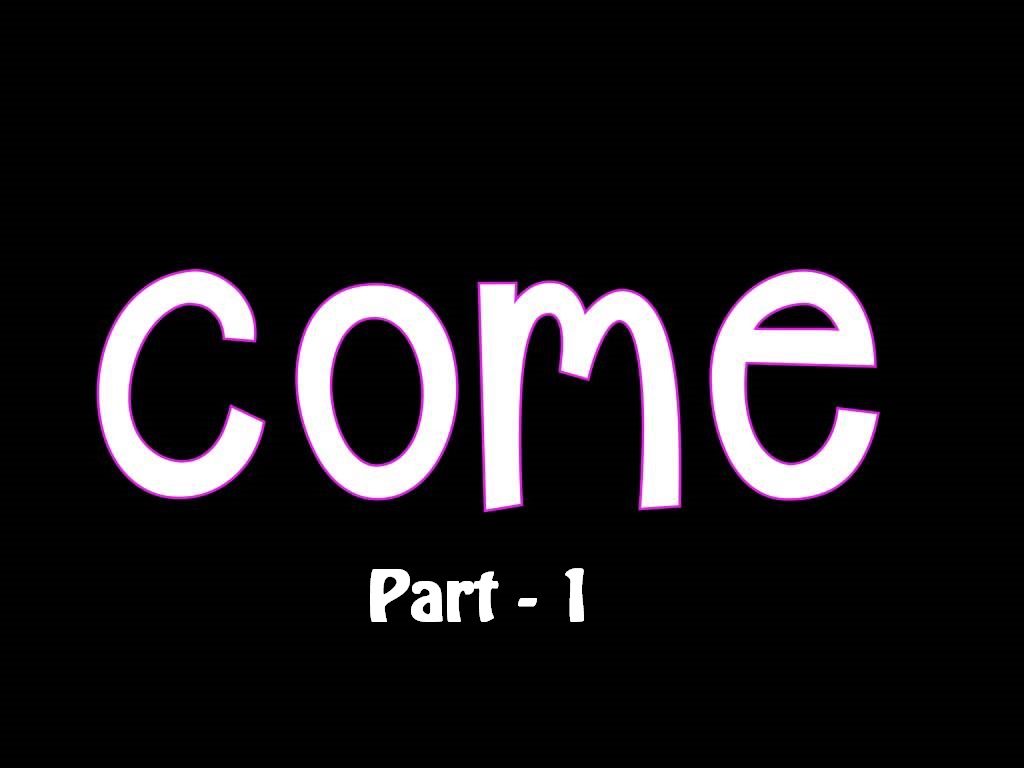
Please note that in each of the above remarks there is the same mechanism of influence: a compliment + a command.
There is always a compliment here, which, like honey, is pleasant to our ear: "smart", "educated", "subtle", "erudite", "honest", "decent" . But note that the command is always given next: "agree", "accept", "do", "you will not argue", "support" .
It turns out an interesting logical connection: if I do not execute the command, then I am not smart, not educated, not intelligent. This is the trick and the scenario line of the manipulation "Greasing". And despite its imaginary simplicity, in most cases it works flawlessly. The stronger the self-esteem and vanity of the victim, the more effective this manipulation is, despite the fact that the commands within the script can be quite radical.
Counteraction
Neutralization of this manipulation is as simple as the scenario line of the manipulation "Greasing".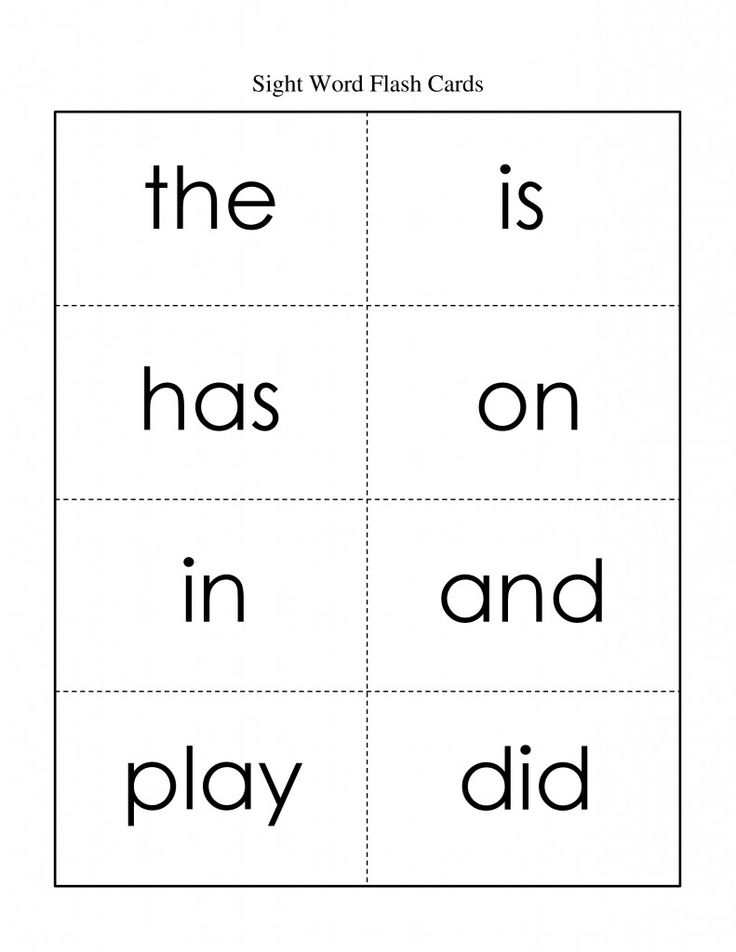
The formula is as follows: acceptance of the compliment and rejection of the command.
For example :
- I rely on your prudence and sharpness of mind and I am sure that you will agree with me ...
- Thank you for the high rating, but I have to disagree ... - Thanks for the high rating, but that's why I have to disagree ...
Pay attention to the fact that you must definitely accept a compliment, otherwise a logical trap that is unprofitable for you will close. Of course, you should not see a manipulative element in every compliment, otherwise you can reach a paranoid state. But, when you see that with the help of flattery and pleasant words addressed to you, you are imperceptibly forced to do what you do not want to do, it is worth breaking off this manipulation instantly.
5. Unbalancing
Illustration from Nikita Nepryakhin's book "I manipulate you", Alpina Publisher Unfortunately, often the manipulator resorts to the emotional annoyance of his opponent in order to achieve his goal.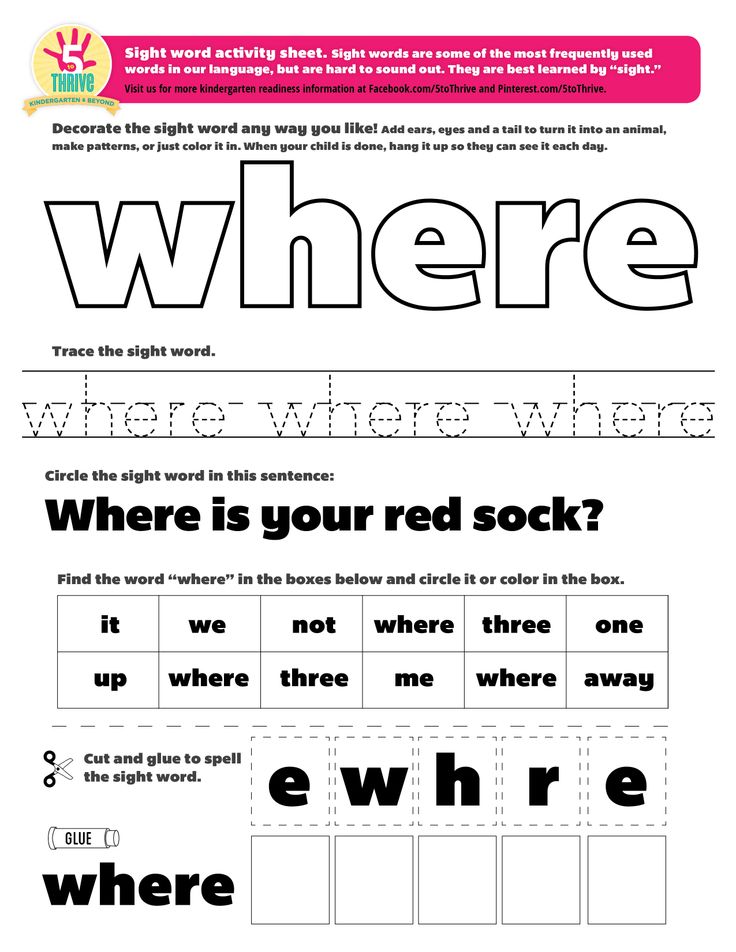 In the course are a familiar appeal to the interlocutor, caustic jokes, caustic remarks, impudent ridicule, indirect hints, boorish humor, impermissible sarcasm, absurd questions. I call this manipulation “Disbalancing”, and the name of it speaks. The reception is rude and impermissible, nevertheless widespread and effective.
In the course are a familiar appeal to the interlocutor, caustic jokes, caustic remarks, impudent ridicule, indirect hints, boorish humor, impermissible sarcasm, absurd questions. I call this manipulation “Disbalancing”, and the name of it speaks. The reception is rude and impermissible, nevertheless widespread and effective.
The main task of the manipulator is to do everything possible to unsettle the opponent, take him out of his comfort zone, and cause a persistent state of stress.
In an emotional state, the victim will probably do something ill-conceived, spontaneous, unprofitable for himself, which means that the manipulation has worked. The main thing is to get away from unwanted discussion and constructive discussion.
The manipulator can constantly deliberately distort the name or position of his opponent: the familiar " Ivanov " instead of the respectful " Sergey Vladimirovich ", " associate professor " instead of " professor ", " Ivan Petrovich .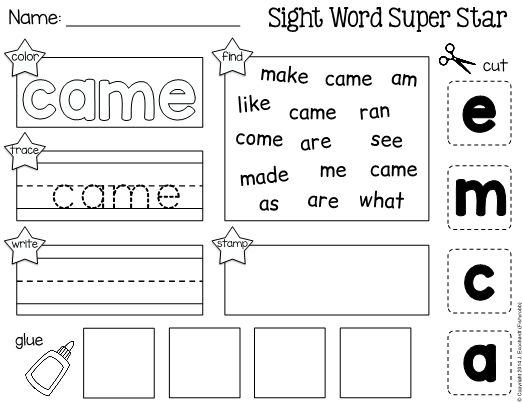 .. oh ... that is, Peter Ivanovic ", " manager " instead of " CEO ".
.. oh ... that is, Peter Ivanovic ", " manager " instead of " CEO ".
The manipulator can play on the shortcomings of his victim: mimic bad diction, slips of the tongue, speech errors, stuttering. Or insert phrases that provoke conflict: “ Oh, you made me laugh right now! ”, “ Are you sure you are an expert on this issue? ”, “ Do you talk to your wife like that? "," Oh my God ... What else? ”, “ Anything else smart to say? " and the like. Not only verbal components can be used. The aggressor may resort to dismissive gestures, annoying actions. For example, constantly click the pen, not responding to the remarks of the counterpart.
Ways of irritation and emotional destabilization are endless. The main thing is constantly.
The key property of the "Disbalance" manipulation is the multiple repetition of the irritating action. Cap-cap-cap.
Practice shows that the threefold repetition of the manipulative element already achieves its goal: the opponent begins to get annoyed and lose his temper.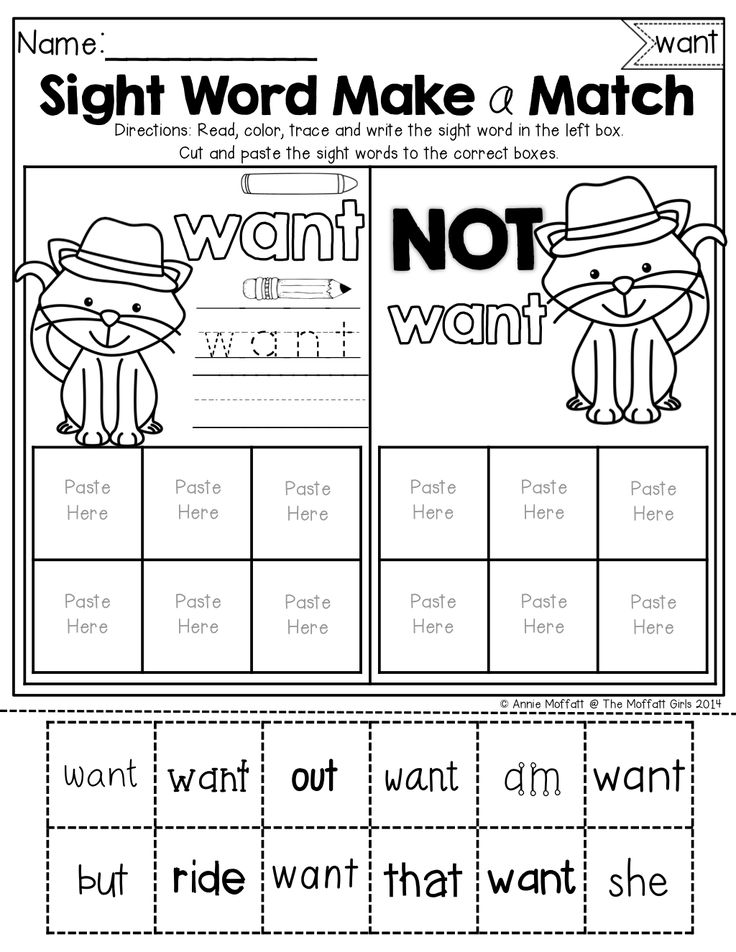 An emotional wave covers, rationality and cold reason fade into the background.
An emotional wave covers, rationality and cold reason fade into the background.
Countermeasures
It is important to understand that any actions within the framework of "Disbalance" are always a provocation, always a premeditated scenario. Cap-cap-cap. Under no circumstances should one succumb to such a provocation. You can’t take it to heart, because it’s just a game on the part of the manipulator. You must recognize it and rise above it. After all, if they managed to “turn you up”, if they managed to knock the ground out from under your feet, you lost. It means that the enemy has achieved his goal.
Calmness and composure are the main recipe for counteraction. Therefore, you can simply ignore any attempts to break your emotional harmony. You are in control, not a manipulator.
Or you can just say: “ I understand what you are trying to do now. You want to throw me off balance. Unfortunately, it won't work. Therefore, I propose not to resort to this anymore, but to conduct a dialogue constructively and respectfully .